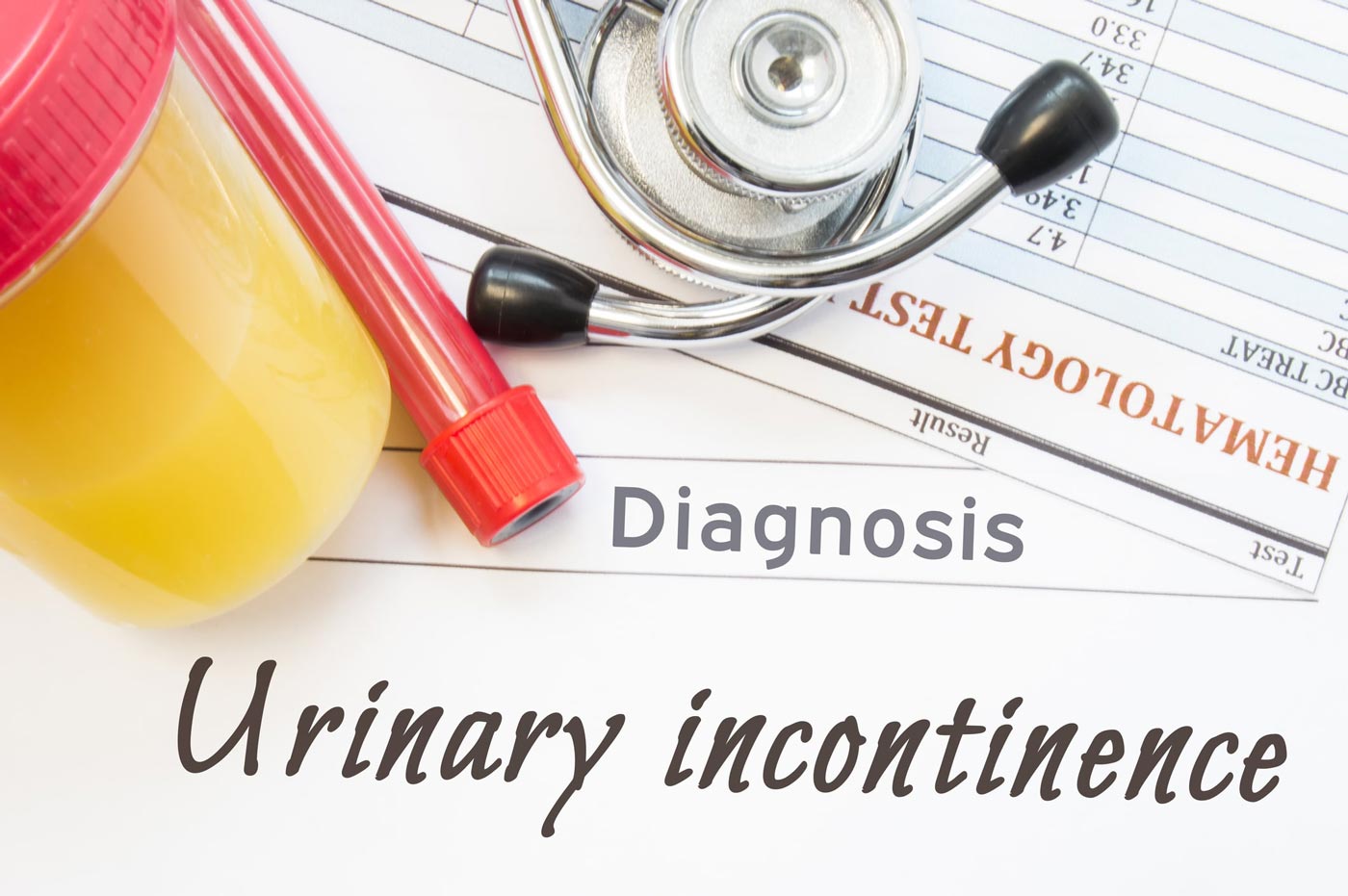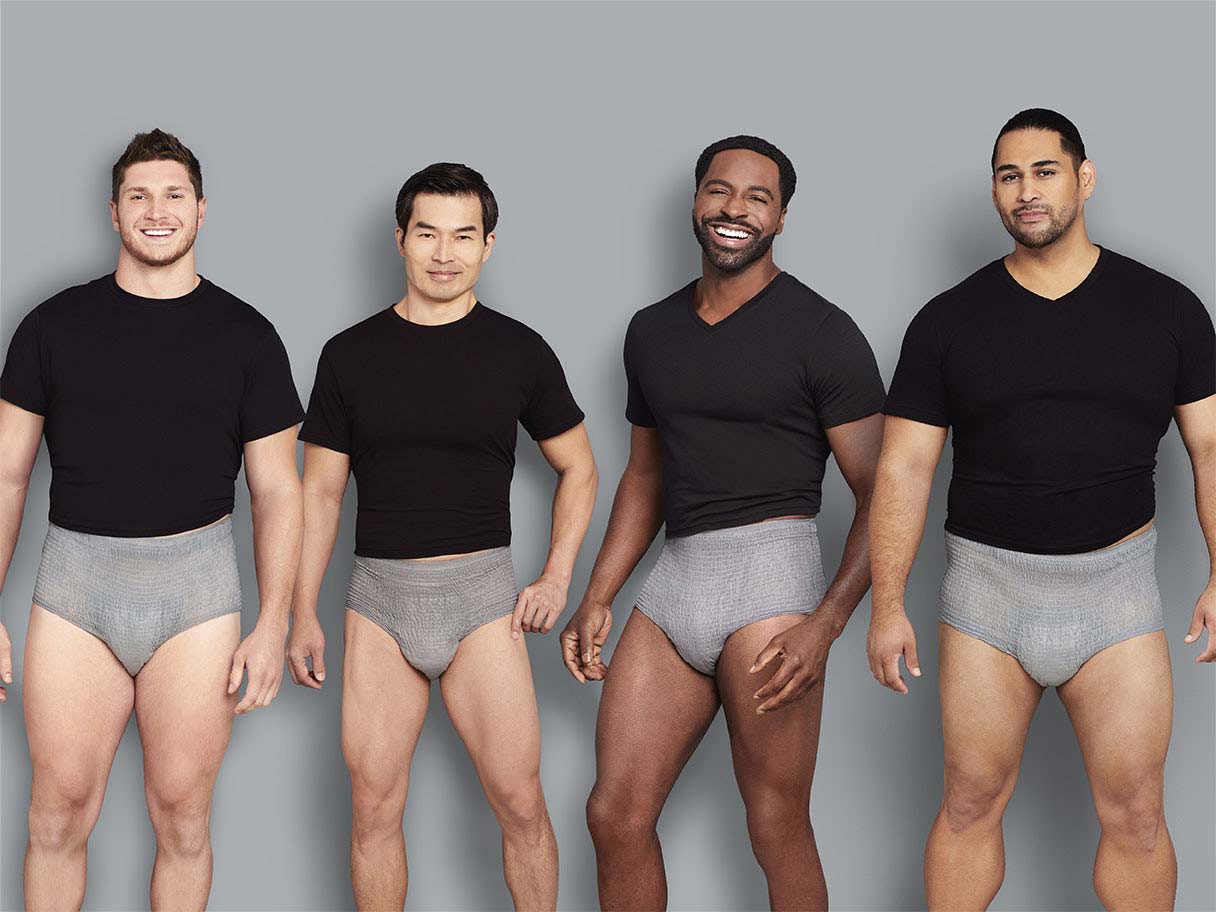Causes and Treatment for Neurogenic Bladder
Causes and Treatment for Neurogenic Bladder
Millions of Americans today experience neurogenic bladder, a form of incontinence that occurs when the bladder is unable to relax or contract. Because the brain controls our entire body and all its systems, any malfunction or trauma to the brain and the central nervous system can affect bodily functions. Neurogenic bladder can present in two ways:
· Overflow incontinence – When the bladder fills beyond capacity and cannot contract to properly empty
· Urge incontinence – Sudden and urgent spasms of the bladder muscles leading to urinary leaks
The causes for neurogenic bladder vary depending on the level of injury and cause, but the common factor is always a disruption or alteration in communication between the central nervous system and the bladder. It is often the result of diseases that affect the peripheral or central nervous system, including Multiple Sclerosis (MS), Parkinson’s disease, diabetes, brain tumors and infections like meningitis or end-stage syphilis. Spina bifida (a birth defect affecting membranes around the spine’s nerves), neuropathy due to alcoholism and B-12 deficiency are also potential culprits.
Direct injury to the brain or spinal cord, stroke or anatomic abnormalities like herniated discs or spinal canal stenosis can cause alterations of the nerve pathways that lead to neurogenic bladder. When normal communication between the nervous system and bladder are disrupted, the ability of the bladder to fill and empty in a coordinated fashion is affected and can result in incontinence.
The most common management for neurogenic bladder in bedridden or wheelchair-bound patients who cannot properly empty their bladder is an indwelling Foley catheter. For individuals who experience periodic leakage with episodes of dryness in between, intermittent catheterization is an option. This is a smaller, disposable catheter used at intervals throughout the day to optimize the emptying of the bladder.
Medications are another non-surgical treatment option for individuals suffering from urge incontinence. Drugs like oxybutynin, tolterodine, and propantheline relax the bladder muscles and assist in bladder filling. These are known as antispasmodics or anticholinergics and work by blocking the neurotransmitter causing involuntary bladder muscle spasms. Anti-epilepsy medications, GABA supplements and Botox are also alternative methods of treatment.
Neurogenic bladder can be debilitating and frustrating to manage, but staying informed and taking an active and positive role in treatment can go a long way in minimizing the symptoms.



